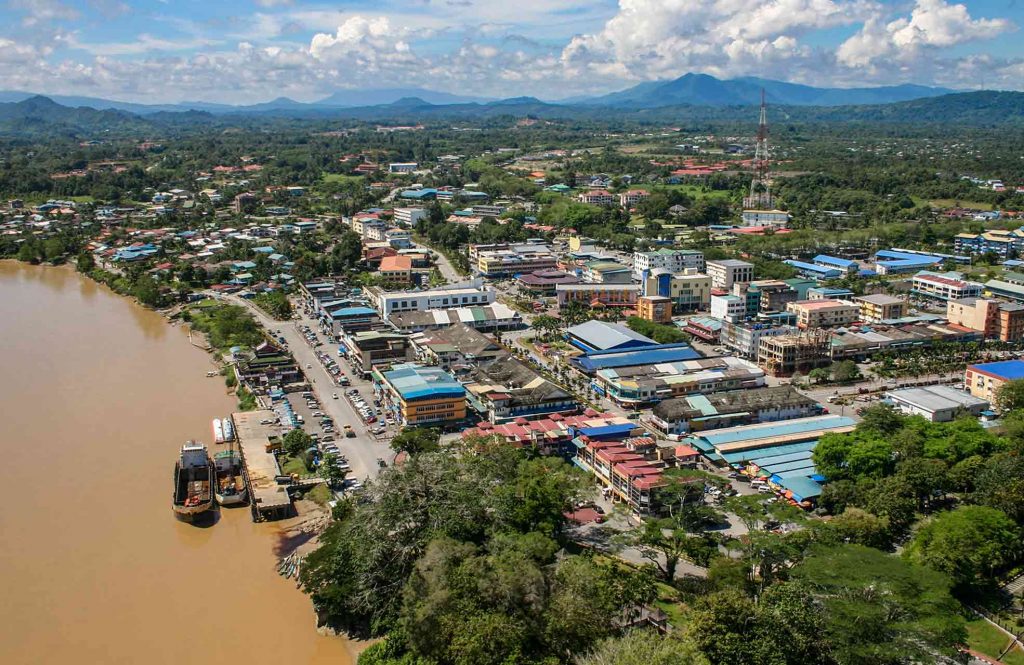A major infrastructure project that is set to boost rural development in Sarawak is the construction of the Second Trunk Road.
A mega project funded by the Sarawak Government, the Second Trunk Road aims to reduce travel time and distance from southern to central Sarawak by connecting the Coastal Road Network with the Pan Borneo Highway “through the shortest and most efficient route”.
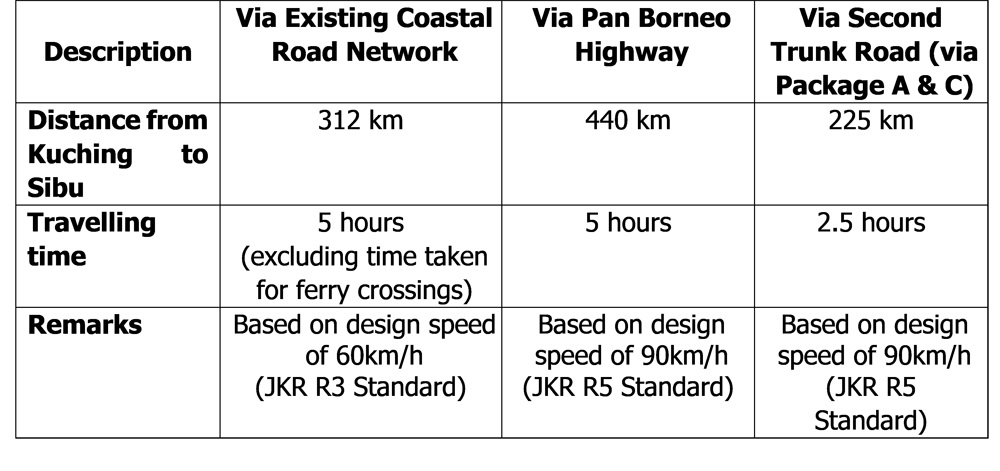
Currently being implemented and expected to be completed in 2025, the road will begin at Kota Samarahan and pass-through rural towns including Simunjan and Sebuyau.
From Sebuyau, it will be divided into two routes that will be linked with the Pan Borneo Highway: one route leading to Roban, while the other to Lingga, Simanggang and Betong.
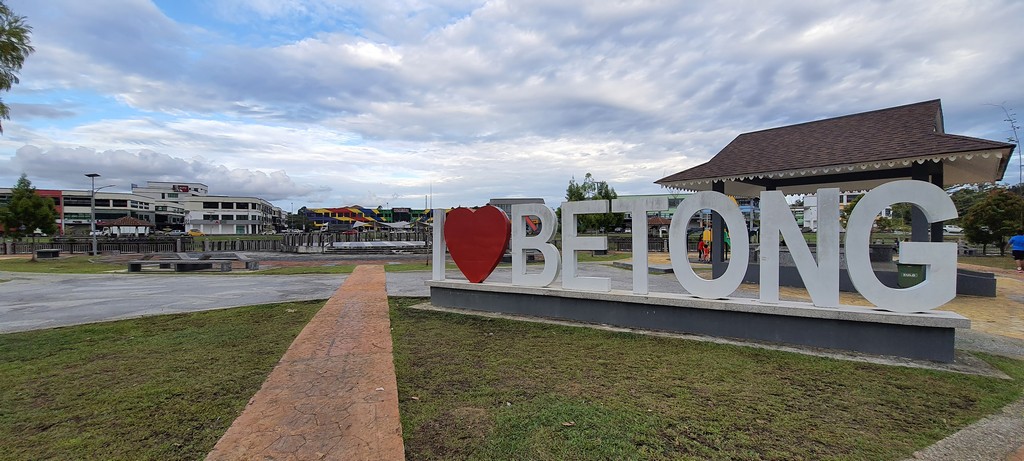
It will also connect to the Coastal Road Network via bridges crossing Batang Sadong, Batang Lupar and Batang Saribas. Under the project, one new bridge will be constructed at Simanggang.
Eventually, the road will end at Sibu through a new road that will provide a shortcut from Bintangor.
This means that from Kuching to Sibu, travel time via this road is expected to be around two-and-a-half hours, compare to about five hours for both the Coastal Road Network (excluding time taken for ferry crossings) and the Pan Borneo Highway.
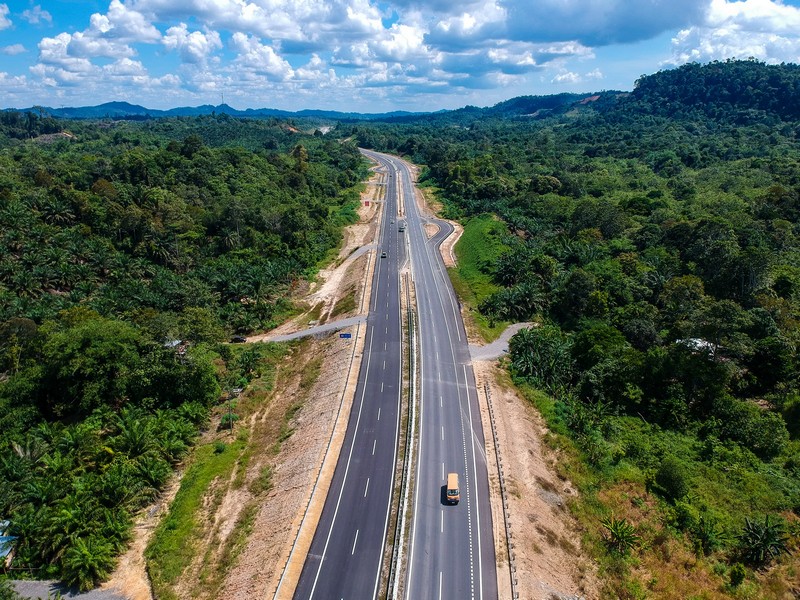
For the Government, the Second Trunk Road, in being an alternative route to existing highways in Sarawak, is expected to enhance land connectivity for Sarawakians, especially for those who reside in rural areas of southern and central parts of the State.
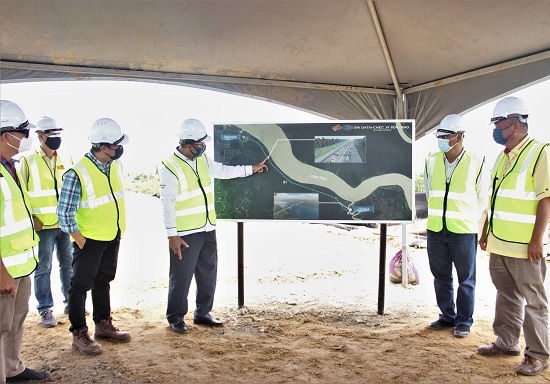
This is not only part and parcel of its efforts to improve road network in Sarawak, but also its goal of opening up new areas for socio-economic growth through infrastructure development as it strives to become a high-income state by 2030.
By providing greater access to vast unexplored lands and better equipped facilities, amenities and utilities found in urban areas, the Government looks forward to supporting the rural population to uplift their standard of living and the private sector to expand their businesses.
Such support will come in form of the generation of opportunities through the stimulation of economic activities including the modernisation of agriculture, fisheries and manufacturing that can be further developed for export market.
This, the Government believes, can bridge the income gap between the rural and urban populations, reduce the level of poverty, and ensure balanced development across Sarawak in the long run.
Components of the Second Trunk Road
The construction of the Second Trunk Road is divided into three sections or “packages”:
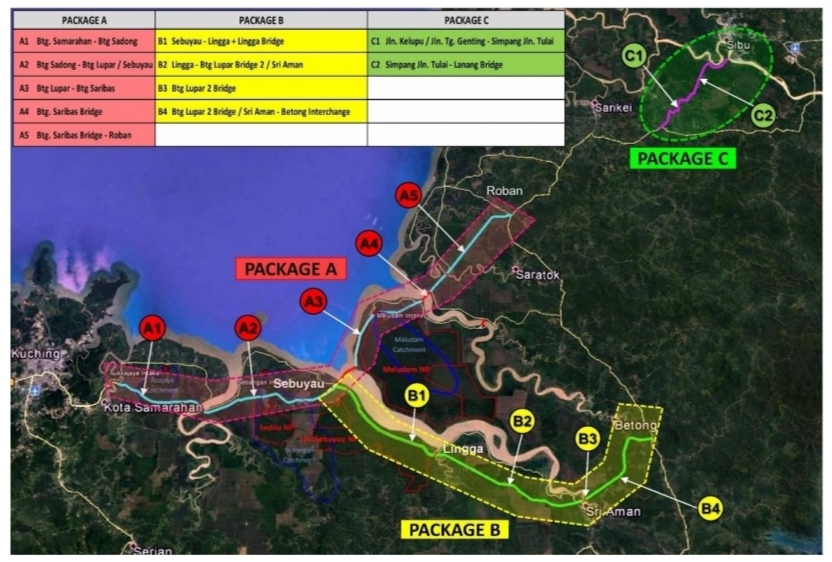
- Package A: A 112km JKR R5 standard two-lane single carriageway that consists of five sub-packages from Kota Samarahan to Roban.
- Package B: Comprising four sub-packages that make up the Sebuyau-Lingga-Simanggang-Betong road. It is approximately 94km of JKR R5 standard two-lane single carriageway.
- Package C: A 30km-long stretch that consists of two sub-packages. It includes the upgrading of the existing Jalan Kelupu-Jalan Tanjung Genting-Lanang Bridge, Sibu from a two-lane to a four-lane JKR R5 standard highway
According to the Public Works Department or JKR in A Guide on Geometric Design of Roads, an R5 standard road “provides high geometric standard and usually serve long to intermediate trip lengths with high to median travelling speeds.”
Its design speeds or the maximum safe speeds maintained over a specific section of a road under favourable conditions in kilometres per hour (km/hr) are 100km/hr on flat terrain; 80km/hr on rolling terrain; and 60km/hr on mountainous terrain.
